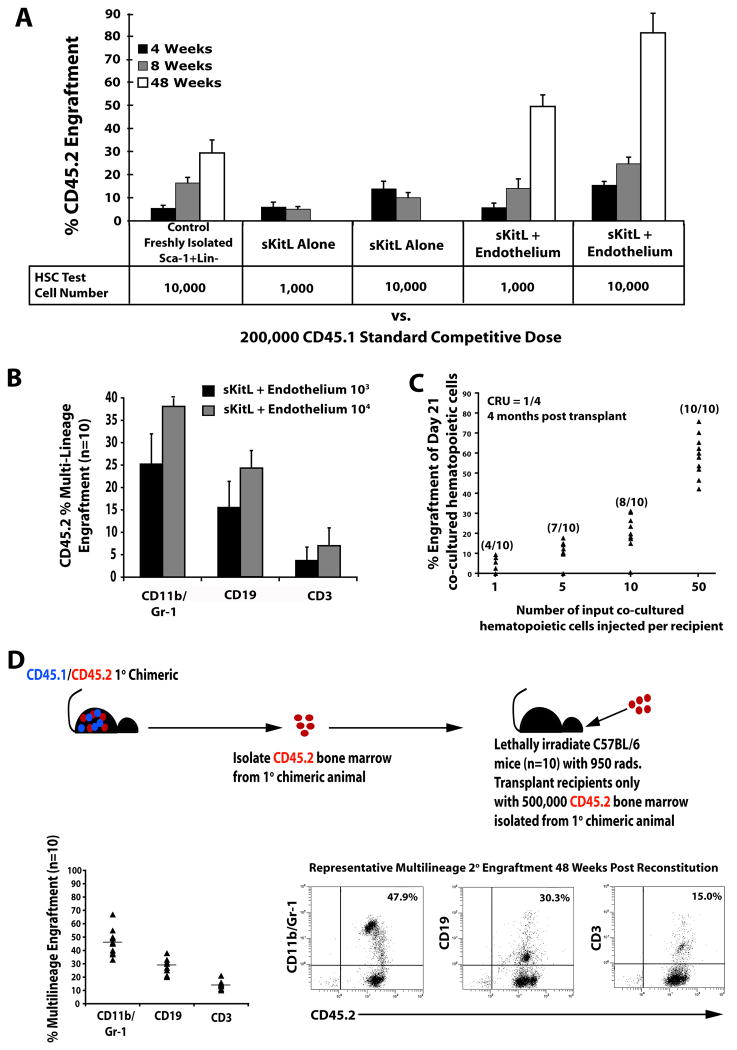Figure 2. Hematopoietic cells co-cultured with E4ORF1+ ECs and sKitL give rise to long-term multi-lineage engraftment and maintain self-renewal capacity.
A) Comparison of engraftment efficiency between 10,000 freshly isolated Sca1+Lineage− (Control) (n=10) vs. hematopoietic cells co-cultured for 3 weeks with E4ORF1+ ECs + sKitL (n=10) vs hematopoietic cells cultured for 3 weeks with sKitL alone (n=10), using a two dose competitive repopulation assay. As little as 1,000 and 10,000 hematopoietic cells co-cultured with E4ORF1+ ECs + sKitL gave rise to long-term multi-lineage engraftment and out competed the standard competitive dose of 200,000 freshly isolated CD45.1 whole BM. B) The percentage of long-term multi-lineage engraftment in both test cell numbers in the hematopoietic cells cocultured with E4ORF1+ ECs and sKitL. C) Limiting dilution assay to determine the frequency of LT-HSC in day 21 co-cultured hematopoietic cells. CRU of 1 in 4 was determined using Poisson statistics by L-calc software (Stem Cell Technologies). D) Whole BM was isolated from mice that had been long-term engrafted (Figure 2A) and CD45.2 cells were sorted and were transplanted into lethaly irradiated (950 Rads) secondary recipients (n=10), as depicted in schematic. The primary cells that were co-cultured with E4ORF1+ ECs and sKitL were able to sustain self-renewal, as is shown in the representative FACS dot plot showing long-term multi-lineage engraftment in all secondary recipients. Error bars represent SD.

